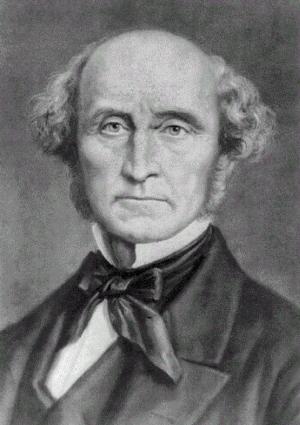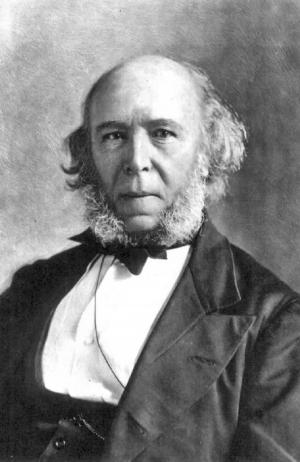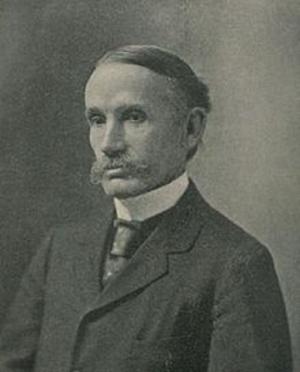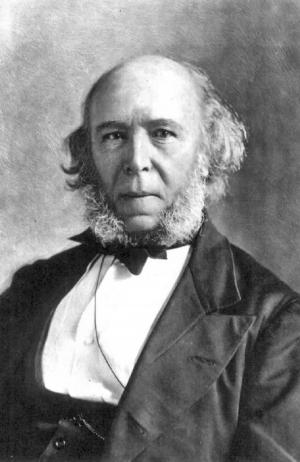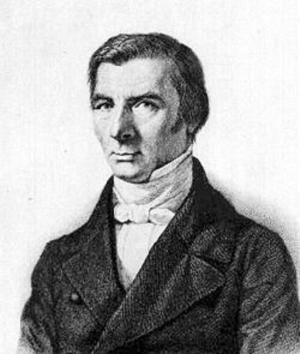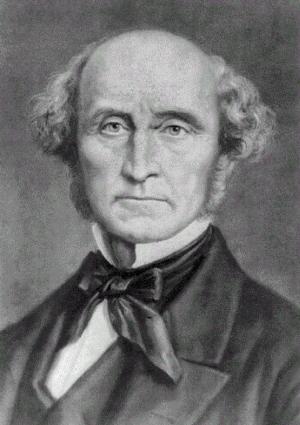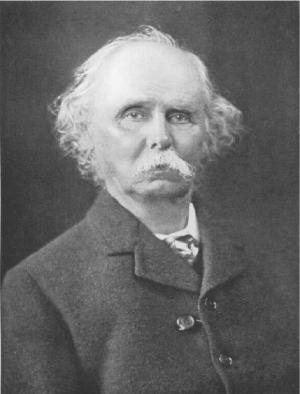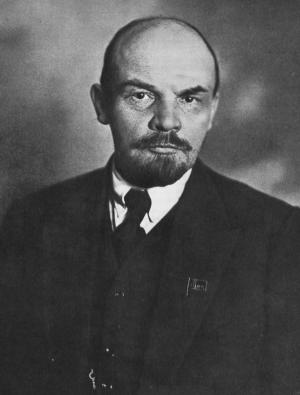Materialism and Empirio-Criticism: Full Text of 1909 Edition (Illustrated)
Business & Finance, Economics, Macroeconomics, Theory of Economics| Author: | Vladimir Ilyich Lenin | ISBN: | 1230000259669 |
| Publisher: | AS Team | Publication: | August 11, 2014 |
| Imprint: | Language: | English |
| Author: | Vladimir Ilyich Lenin |
| ISBN: | 1230000259669 |
| Publisher: | AS Team |
| Publication: | August 11, 2014 |
| Imprint: | |
| Language: | English |
The book has an active table of contents for readers to access each chapter directly.
Marx and Engels presented an analytical approach to the class struggle and the problems of capitalism in the book, The Communist Manifesto. The book also contains their ideas for how the capitalist society of the time would be replaced by socialism, and then eventually communism. However, the book is lack of detailed potential future forms of communism.
It was Lenin who took the theories of The Communist Manifest to the next level for delivery and implementation of a truly socialistic country. In 1909, to disambiguate philosophic doubts about the proper practical course of a socialist revolution, Lenin published Materialism and Empirio-criticism (1909), which became a philosophic foundation of Marxism-Leninism. In the later years, Marxism-Leninism became the unique guiding theory of socialistic countries that are copied from Soviets.
Lenin’s path of building Soviets to address issues of Capitalism was catastrophic to the world. An estimated 70 million people died under the soviet regime. The human cost paid for his theory was enormous. Yet despite all this, Lenin’s Soviets and model are still worshipped by millions as a great model by other countries including North Korea and the aged followers in China today.
History is a mirror for us. Reading the book (Materialism and Empirio-criticism), we can have a second thought on evolution of our social systems and avoid paying human cost we made in the past by socialistic countries including Soviets and China.
Lenin’s road is opposite to the one from Adam Smith to Dr. Martin Luther King for American Dream. This is a must-read book to understand the organization theory of a communist party and the nature of a socialistic country.
The book has an active table of contents for readers to access each chapter directly.
Marx and Engels presented an analytical approach to the class struggle and the problems of capitalism in the book, The Communist Manifesto. The book also contains their ideas for how the capitalist society of the time would be replaced by socialism, and then eventually communism. However, the book is lack of detailed potential future forms of communism.
It was Lenin who took the theories of The Communist Manifest to the next level for delivery and implementation of a truly socialistic country. In 1909, to disambiguate philosophic doubts about the proper practical course of a socialist revolution, Lenin published Materialism and Empirio-criticism (1909), which became a philosophic foundation of Marxism-Leninism. In the later years, Marxism-Leninism became the unique guiding theory of socialistic countries that are copied from Soviets.
Lenin’s path of building Soviets to address issues of Capitalism was catastrophic to the world. An estimated 70 million people died under the soviet regime. The human cost paid for his theory was enormous. Yet despite all this, Lenin’s Soviets and model are still worshipped by millions as a great model by other countries including North Korea and the aged followers in China today.
History is a mirror for us. Reading the book (Materialism and Empirio-criticism), we can have a second thought on evolution of our social systems and avoid paying human cost we made in the past by socialistic countries including Soviets and China.
Lenin’s road is opposite to the one from Adam Smith to Dr. Martin Luther King for American Dream. This is a must-read book to understand the organization theory of a communist party and the nature of a socialistic country.

